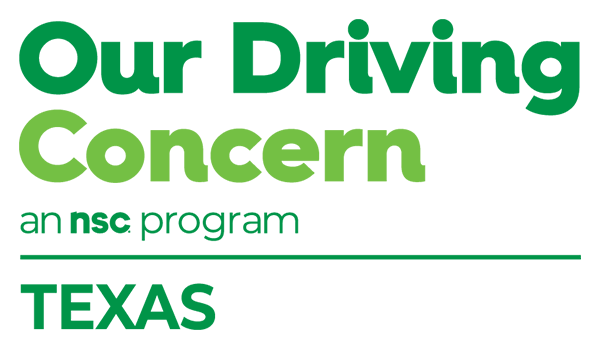Safety Coach
Follow the Light
Opportunity is knocking. Open that door and step up your safety game by joining us for free online training Tuesday, Aug. 6:
- Workplace Impairment Training
This staff-development session is designed specifically to help you identify the signs and symptoms of an impaired employee. You’ll learn how to address risks in the workplace and behind the wheel, and how to promote safe behaviors. During each section of the training, you will be introduced to free resources you can use to build or replenish your safety toolkit.
Discussion will focus on these six root causes of impairment:
- Alcohol
- Cannabis
- Opioid pain relief medications, including fentanyl
- Prescription drugs, over-the-counter medications and multi-substance use
- Fatigue
- Mental health
Once you’ve completed this free training, we encourage you to go a step further. Get free resources from the National Safety Council to help you leverage the data behind impairment and work to prioritize employee health and wellness.
- Workplace impairment survey results
- Cannabis in the workplace survey results
- Wearables for Fatigue Monitoring report
We all know impairment is a safety issue, both at work and at home. Be the one who provides continuing education. Some of the best teachers are safety coaches.

Tailgate Talk
Deliver the Goods
Drivers between the ages of 16 and 24 are involved in more injury-producing crashes than any other age group, according to a report from the National Highway Traffic Safety Administration, in part because they lack experience behind the wheel and are less likely than older drivers to recognize and respond to risks on the road.
For many young men and women in the workforce, driving is a regular part of their job, whether they are employed in an industry like agriculture or delivering goods and services.
What can you do to help keep them safe and protect your organization from crash liability exposure? Start with a review of your policies and procedures.
- Be sure all of your young workers have valid driver’s licenses and are operating vehicles that are equipped with seat belts.
- Be sure the vehicles they are driving meet local, state and federal regulations pertaining to the weight of the vehicle. In some cases, for example, 17-year-olds are not allowed to drive work vehicles that exceed 6,000 pounds gross vehicle weight.
- Be sure to keep driver time logs to avoid fatigue, and monitor driving radius and distance.
The National Institute for Occupational Safety and Health has created a number of free resources for employers, parents and guardians to reference and use as safety tools. Keep these at your fingertips:
- Tips for employers
- Tips for parents
- Young Drivers in the Workforce: How Employers and Parents Can Help Keep Them Safe on the Road
Another good way for employers to actively participate in creating safer roads is to promote teen safe driving. Get free resources from the National Safety Council. Through its DriveitHOME program, NSC offers Pointers for Parents and a number of other items you can share:
- Safety posters for display
- Ready-made safety talks, good for generating discussion at team meetings
- Infographics
- Social media videos
- New Driver Deal, a parent-teen agreement designed to ensure rules related to driving are understood and followed
Last year, 214,942 crashes involved drivers between the ages of 16 and 24 in Texas, according to the Texas Department of Transportation. That’s about 21% of all crashes involving all age groups statewide. If we can help these young drivers develop safe driving habits, the roads will be safer for everyone.

